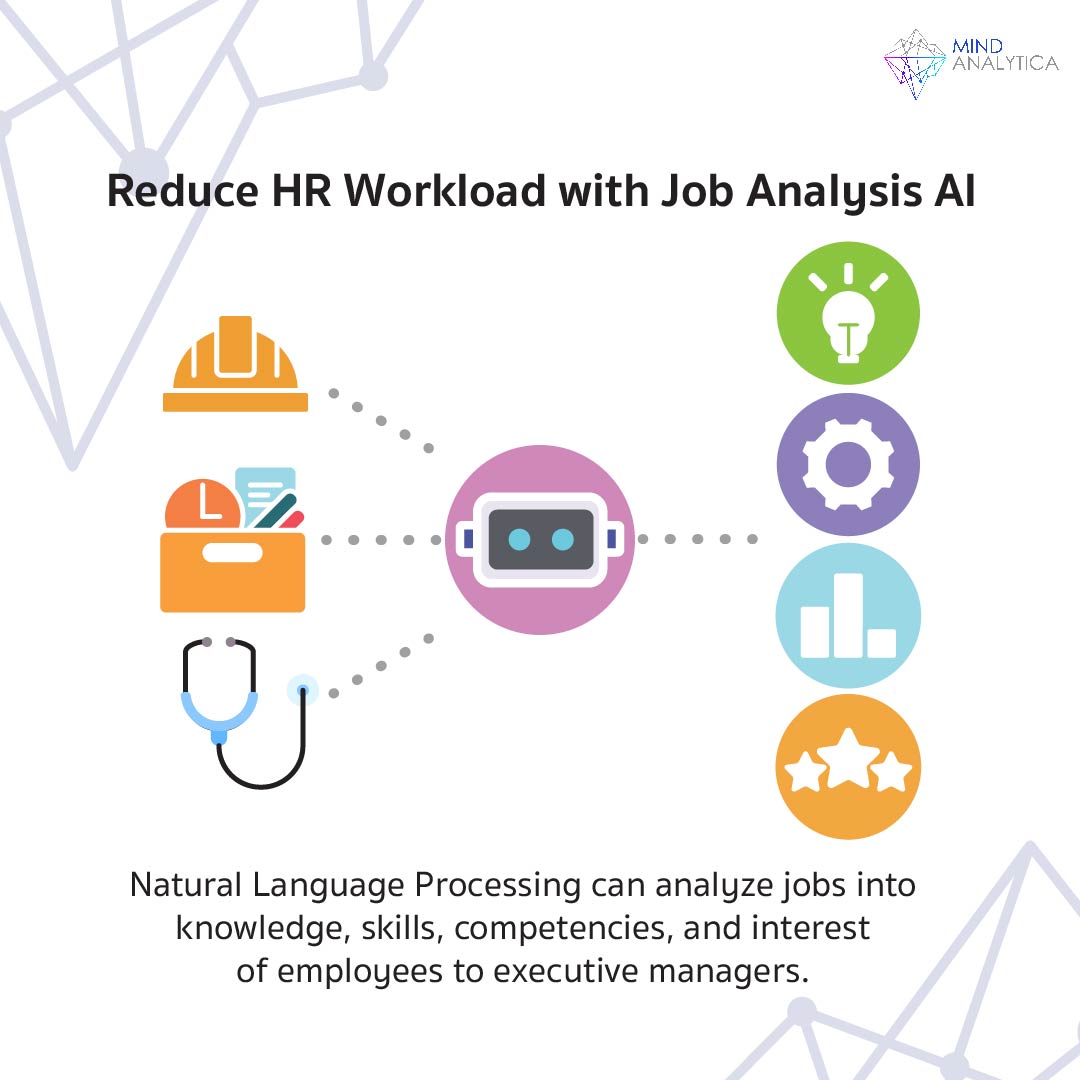Reduce HR Workload with Job Analysis AI
5 พฤษภาคม 2566 - เวลาอ่าน 3 นาที
In human resource management, essential administrative data includes job characteristics, required knowledge, skills, abilities, and interests for each position. For example, a counseling psychologist who provides advice to promote mental health must have knowledge of psychology, counseling skills, clear communication abilities, and an interest in social issues. This information is used for employee search and selection, identifying training needs, promotions, compensation criteria, and more. Job analysis is so critical that job analysts are employed to inquire about each position's responsibilities in an organization. However, artificial intelligence (AI) may replace job analysts.
Putka and colleagues presented a study in 2023 using the O*Net database, supported by the US Department of Labor, as the data source to create an AI model. They used job descriptions to predict four outcome variables: 33 knowledge aspects, 35 skills, 52 abilities, and 6 interests for the 963 positions in the O*Net database.
Putka used a bag-of-words model to analyze job descriptions, duties, and responsibilities. The model identifies keywords in the descriptions, groups them, eliminates irrelevant words (e.g., the, is, which), and removes low-frequency words. This process results in 1,079 significant keywords for each position. Researchers then used these keywords to predict skills, knowledge, abilities, and interests, finding a high correlation with expert-rated O*Net data (correlation coefficient greater than .7). To test the model's applicability to new job positions, the researchers analyzed 229 new jobs in the US federal government using the job descriptions. The model produced satisfactory results in exploring each job.
With the current advancements in Natural Language Processing, the bag-of-words method may seem outdated, as it examines individual words without considering the context within a sentence. However, as job descriptions tend to be formal and less context-sensitive, the bag-of-words method remains applicable. It would be interesting to see if newer techniques, such as LSTM or Transformers, could improve job analysis accuracy over the bag-of-words approach. Psychological studies have found that these new techniques provide more precise results, particularly the Transformers.
Practical applications. Using AI for job analysis significantly alleviates the workload for HR professionals. Some companies previously did not prioritize job analysis due to the perception of it being resource-intensive and having limited benefits in a rapidly changing world. With AI, HR can frequently survey employees with open-ended questions about their job responsibilities and who they interact with and then input this information into an AI model for job analysis. The results identify the knowledge, skills, abilities, and interests required for each position. HR can use this data for various purposes mentioned in the previous paragraph. Moreover, HR can compare employees at different levels to identify the additional skills and abilities needed for career progression and create individual development plans.
Our services. We can apply Putka's model to help companies with job analysis and suggest various methods to assess skills, knowledge, abilities, and interests. We can also help companies evaluate how well their current employees or job applicants possess these qualities. The assessments provided by MindAnalytica are accurate and tested to ensure their validity without bias. This leads to suitable candidate selection for positions and identifies areas for skill improvement among current employees.



